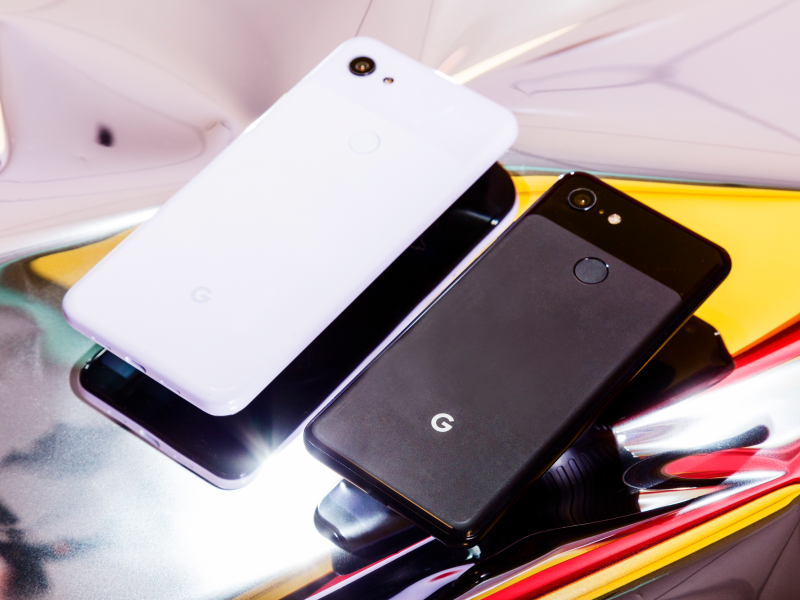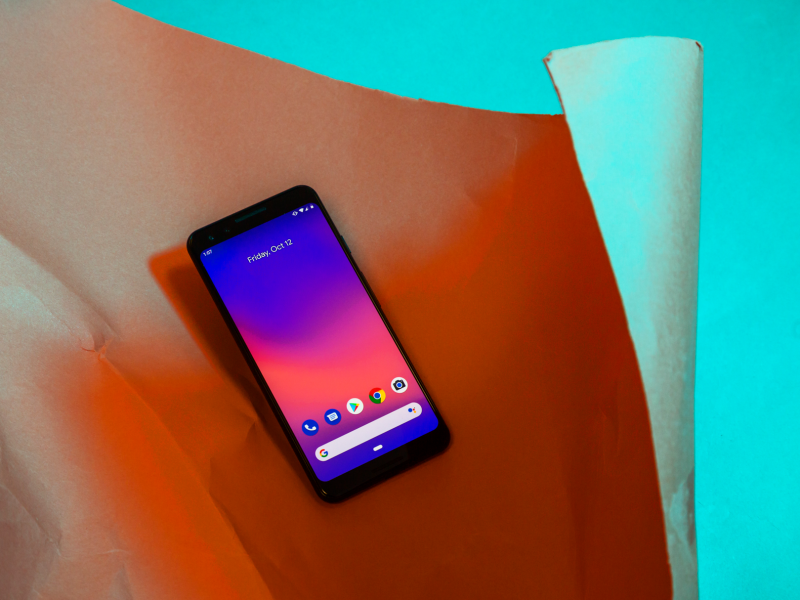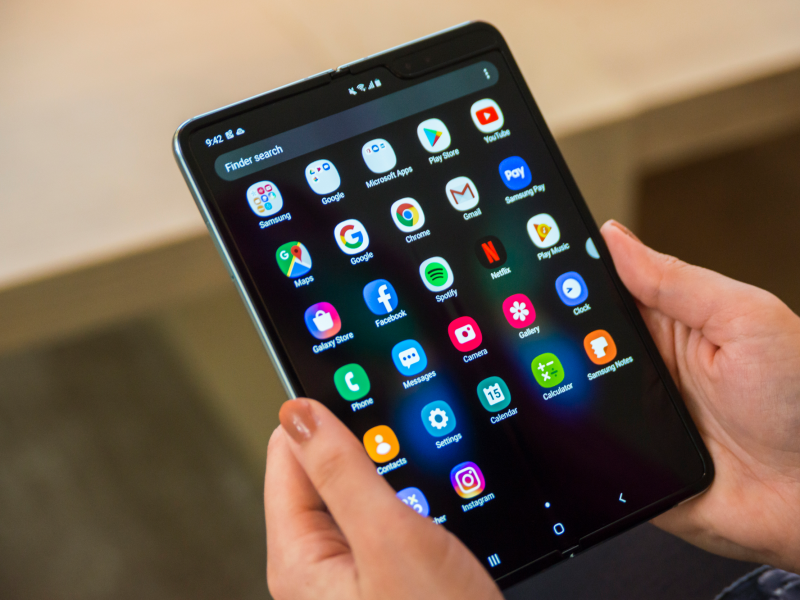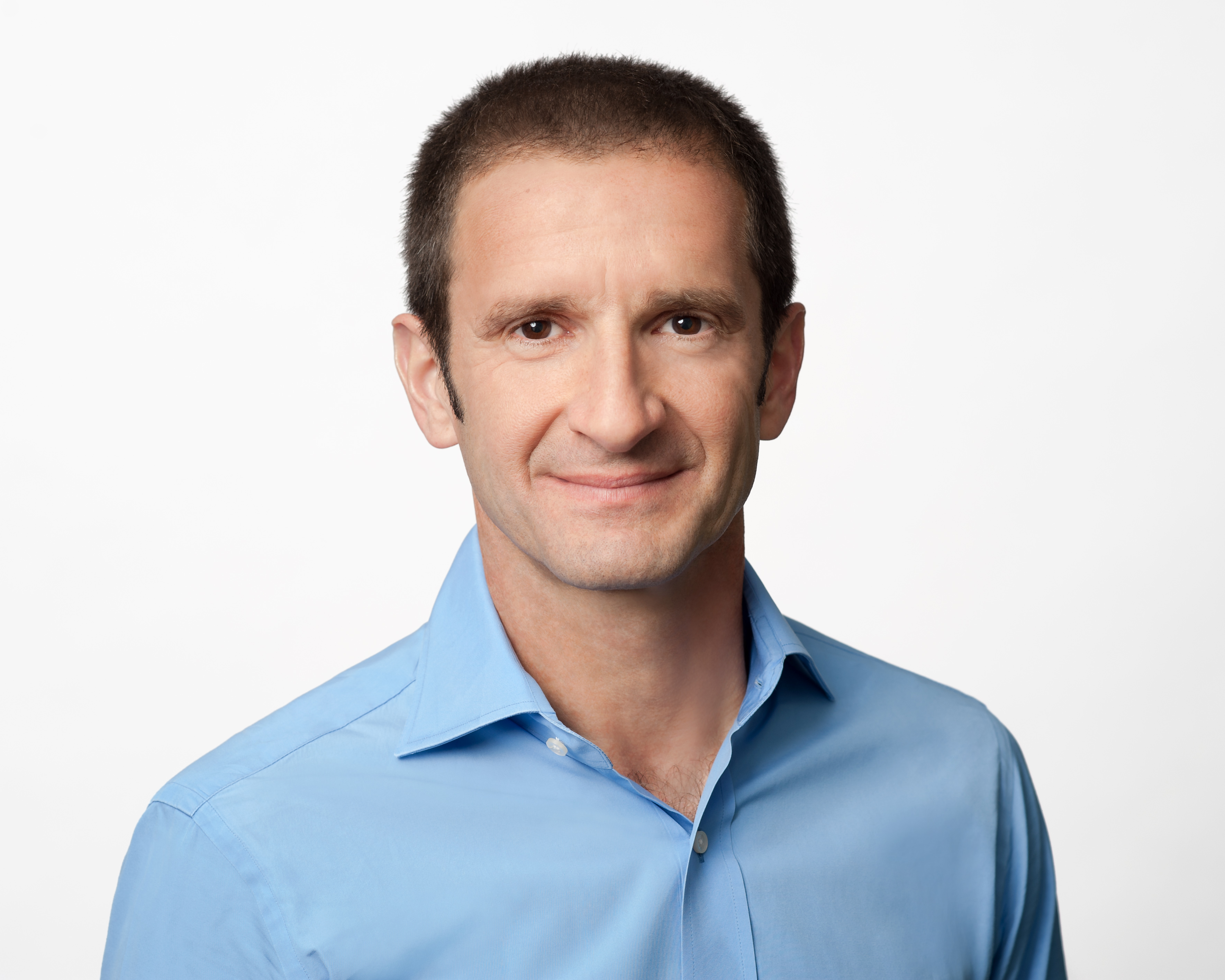- Mario Queiroz, the head of Google’s Pixel division, says bringing premium features to cheaper smartphones is part of the company’s strategy moving forward.
- Queiroz also said he believes that innovation at the high end of the market will come in the form of ambient computing, or the development of new features that use existing hardware to make phones more intelligent.
- Queiroz said Google is also thinking about foldable phones, although he thinks the use case for foldable smartphones hasn’t been proven yet.
- Visit Business Insider’s homepage for more stories.
When Google unveiled its first Pixel smartphone in 2016, it signaled an important shift in strategy for the search giant.
Google has always been a prominent player in the mobile phone industry; after all, its Android operating system powers 81.8% of phones worldwide as of the fourth quarter of 2018, according to The International Data Corporation (IDC).
However, the Pixel represented Google’s first real competitor to Apple’s iPhone and Samsung’s Galaxy S smartphones. It was developed by the company in-house, unlike the company’s Nexus branded phones, and boasted a premium design and top-of-the-line specifications intended to challenge market leaders like Apple and Samsung. It was a move by Google to establish itself as a leader when it comes to hardware design, proving it can move beyond the software and services it’s largely become known for.
It’s unclear how well that strategy is paying off so far. The smartphone industry is still largely dominated by companies like Samsung, Huawei, and Apple. Google also said in its most recent earnings report that Pixel sales have fallen.
But the smartphone market has changed a lot since Google entered it in 2016. Flagship smartphones from companies like Apple, Samsung, and even Google are higher than ever before, with the most expensive models sometimes costing upwards of $1,000. As such, consumers are upgrading their phones less often than before, contributing to a slumping smartphone market that's been on the decline for six consecutive quarters.
That's why Google is taking a new approach with its latest pair of smartphones: the Pixel 3a and Pixel 3a XL, which start at $399 and $479 respectively. Both devices are pared-down versions of Google's pricier Pixel 3 and Pixel 3 XL phones, which were nearly twice as expensive when they launched last year.

Google's new Pixel phones
"When we saw this happening, we participated again in premium smartphones but said we need to offer an alternative," Mario Queiroz, Google's general manager and vice president of product management for Pixel, said in an interview with Business Insider.
As their names imply, the Pixel 3a and Pixel 3a XL retain many of the same features as their pricier counterparts - including the impressive camera - but packaged in a body made of a less expensive polycarbonate material compared to the Pixel 3's metal build.
The new phones also have a less powerful processor and lack features like an edge-to-edge screen and wireless charging, but they do have a characteristic that's become increasingly rare on today's smartphones: a headphone jack. Google is also bringing software features that have differentiated the Pixel from other Android rivals to its new, cheaper smartphones, like automatic call screening and its Night Sight camera mode.
Google is far from being the only company to offer smartphones that are significantly less expensive than today's flagships. Samsung and Motorola both offer affordable options, like the $220 Galaxy J7 and the $300 Moto G7. But Queiroz is betting that Google's new pair of smartphones will stand out because they're still part of the flagship Pixel line, not an offshoot brand, and therefore retain many of the same features as the Pixel 3.
Given this, Queiroz isn't worried about the Pixel 3a taking attention away from Google's flagship smartphone. "I think there will be more cannibalization of other premium smartphones than Pixel," he said.
When asked if Google plans to continue releasing less expensive versions of its flagship smartphones in the future, Queiroz said it's part of the company's strategy moving forward to bring premium features to cheaper phones. "We think there are a lot of people that would like to get those experiences but they can't now because those phones cost $1,400," he said.

As smartphone sales slow, Google looks to ambient computing for future devices
As smartphone prices have increased, it's been more difficult for tech firms to convince consumers to upgrade, especially considering many recent smartphone releases have featured only incremental improvements like larger screens and faster processors. The biggest differences between the Pixel 3 and its Pixel 2 predecessor, for example, are the newer phone's larger screen, faster processor, and the addition of a second front-facing camera, among other photography-related improvements.
Basically, today's smartphones are so advanced that it's difficult to justify spending $1,000 each year to upgrade to the latest model. Smartphone cameras are already sophisticated enough to shoot movies. Their screens are already large, crisp, and colorful enough to make watching Netflix and looking at photos enjoyable. And their performance is already fast enough to edit photos on the go and juggle multiple apps.
So that begs the question: where do smartphones go from here? For Google, the answer is ambient computing, a phrase that's become somewhat of a buzzword in the tech industry in recent years, like artificial intelligence or machine learning. Queiroz believes the most important advancements we'll see on smartphones in the future will involve coming up with new ways to put the sensors in our mobile devices to good use.
Read more: 5 critical features the iPhone needs to keep up with Android
Early signs of this strategy are already evident in Google's current smartphone lineup. Its Pixel devices support a feature called Call Screen, which, as its name suggests, screens incoming calls and transcribes them in real time to help spot spam. They also have a "Now Playing" feature that can identify songs playing nearby in the background and display the song and artist name on your phone's lock screen.
And during Google's I/O keynote on Tuesday, the company showed off a feature called Live Relay, which can answer phone calls. In the demo, Google answers a phone call from a hair dresser and is able to reschedule an appointment.
It's features like these, combined with improvements in virtual helpers like the Google Assistant, that will make smartphones even more useful, says Queiroz - and that could be exactly what high-end devices need to justify $1,000 upgrades. "That's where premium smartphones need to go, they need to bring innovation," he says.
Google is thinking about other ways to improve the basic phone call experience, but Queiroz couldn't share any specific details.
Google is 'certainly' thinking about foldable phones
Then of course, there's the shift to foldable smartphone designs that companies like Samsung, Huawei, and Motorola are pursuing.
Samsung's Galaxy Fold smartphone has a clamshell design that features a 4.6-inch screen on its front and opens like a book to reveal a 7.3-inch tablet-sized display. The phone was originally slated to launch on April 26, but Samsung pushed back the release date after a small number of journalists reported that their review devices had broken after just two days of use.
Huawei said it would release its folding Mate X phone in the middle of 2019, while Motorola is said to be working on a new version of its popular Razr flip phone with a foldable design.

While Queiroz does believe that foldable phones will have a place in the future, he's not sold on their value just yet.
"There's some incremental benefit to it but it's not like that breakthrough thing where you say, 'Wow this is something that's very different,'" he said. "So I think the industry needs to think through what are going to be those use cases that make this essential to have."
When asked if Google is thinking about what those use cases might be, Queiroz said, "Oh, we certainly are thinking about that, absolutely," but couldn't elaborate further.
Google did, however, announce during I/O on Tuesday that Android Q will support foldable phones.
The current crop of foldable smartphones represents the early stages of what could be a new form factor for mobile devices, similar to how phones made by BlackBerry and Palm paved the way for the current smartphone, Queiroz says.
"There will be different takes at [foldable phones], and over time those kinds of killer use cases are going to come together," he said, "So I think it's healthy for there to be different executions of it, and it's a technology that will definitely be important to be part [of], including our product line, but we don't have anything to announce today."
In the near term, Google has a simpler goal that Queiroz believes the newly launched Pixel 3a will play a big role in driving forward: getting as many people as possible using Pixel devices. Queiroz says he sees a lot of people switching to Pixel from iPhone, largely for the camera, among other features. But Apple still holds a sizeable lead ahead of Google when it comes to market share - it's the third-largest smartphone maker worldwide, while Google doesn't even place in the top five, according to the IDC.
But Queiroz doesn't seem phased by this, and if he is he certainly isn't showing it. "The great thing about this industry is that there are really great products out there," he said. "And that motivates us to set the bar really high."

